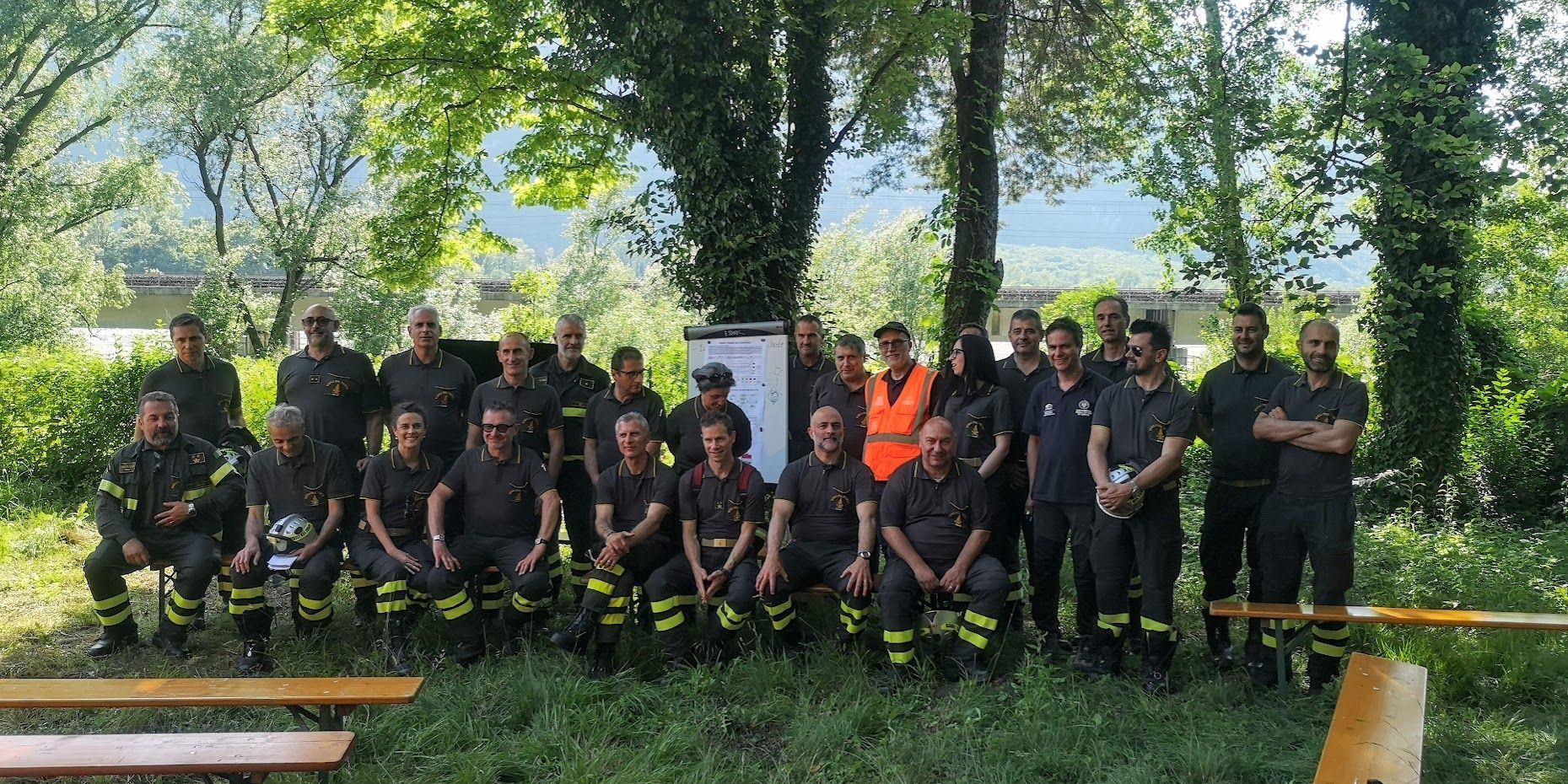Quick Triage methodology tested at SERM Academy as part of the FireSpill project
We are pleased to share the positive outcome of the SERMex FireSpill exercise held on May 24 and 25, 2023 at the SERM Academy in Portis Vecchio. During these two intense and learning-rich days, the Firefighters of Veneto and Trentino Alto Adige joined forces to test the Quick Triage methodology
SHELTER Final Conference
We are pleased to announce that the UNESCO Chair will be participating in the SHELTER Final Conference on 27 and 28 April 2023. The conference will be held at the UNESCO Regional Bureau for Science and Culture in Europe in Venice.
The “Sustainable Historic Environments hoListic reconstruction through Technological Enhancement
Information Session for Member States on Disaster Risk Reduction
The UNESCO Chair participated as a panelist at the "Information Session for Member States on Disaster Risk Reduction" event organized by the UNESCO Disaster Risk Reduction Unit, and held at the Paris Headquarters.
The event, finalized for ambassadors and delegations from various Member States, was opened by speeches
VISUS Haiti 2023
In the context of the Implementing Measures for Climate Change Adaptation and Disaster Risk Reduction Mitigation of School Facilities in Haiti project, funded by the Adaptation Fund, the UNESCO Chair researchers are applying the VISUS methodology for the safety assessment of up to 700 schools in four departments in Haiti.
VISUS Dominican Republic 2023
In the context of the project “Capacity Building for Disaster Risk Reduction in the Built Environment in Latin America and the Caribbean” (BERLAC5 project) in Dominican Republic, the UNESCO Chair researchers are applying the VISUS methodology for the safety assessment of up to 100 schools in Dominican Republic.
VISUS will
Stefano Grimaz
Chairholder
Graduated with honors in Civil Engineering for Land Protection and Territorial Planning in 1991 at the University of Udine.
Chairholder of the UNESCO Chair on Intersectoral Safety for Disaster Risk Reduction and Resilience at the University of Udine.
Director of SPRINT-Lab (Research Laboratory on Intersectoral Safety and Protection from
RESILIENHANCE program
RESILIENHANCE program
Enhancing the Resilience to Disasters for Sustainable Development
Project Co-financed under Friuli Venezia Giulia Regional funds (L.R18/2011) - CEI-FVG operative programme 756/2021
Natural hazards and manmade accidents call for enhancing resilience to disasters as a fundamental prerequisite for sustainable development.
In a complex and interconnected






